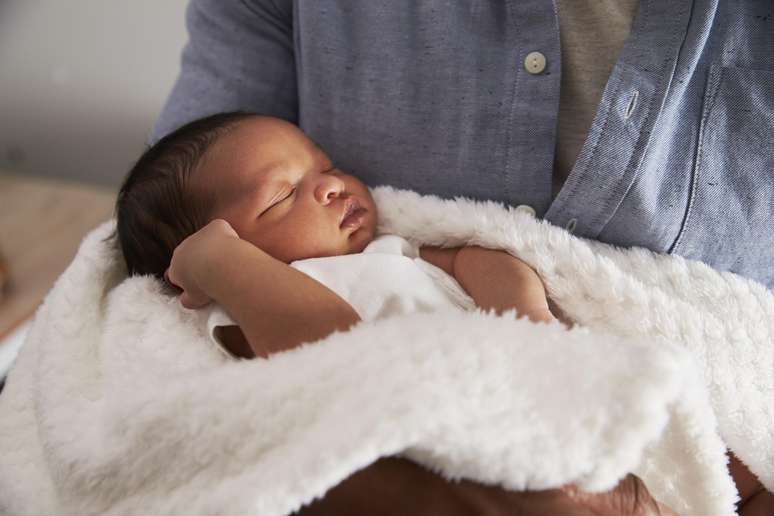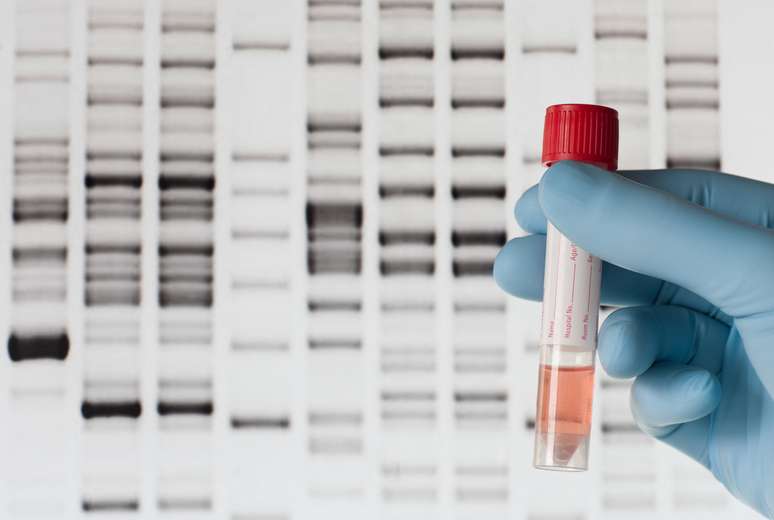Know if it is necessary to have a medical request, judicial request and if the mother must also participate in the DNA test
OR paternity test it’s more than known in the common sense, but have you ever stopped to think about how it’s done? To clarify the doubts on the subject, we consulted Natália Gonçalves, PhD in Molecular Biology and head of reproductive genetics at Dasa Genomics.
html[data-range=”xlarge”] figure image img.img-ef2eeb93ac0242df4b162528687d4945nu5n4vky { width: 774px; height: 520px; }HTML[data-range=”large”] figure image img.img-ef2eeb93ac0242df4b162528687d4945nu5n4vky { width: 548px; height: 368px; }HTML[data-range=”small”] figure image img.img-ef2eeb93ac0242df4b162528687d4945nu5n4vky, html[data-range=”medium”] figure image img.img-ef2eeb93ac0242df4b162528687d4945nu5n4vky { width: 564px; height: 379px; }
“This test aims to determine whether or not there is a genetic paternity link between two people through the comparative analysis of genetic material (Dna) extracted from biological samples of the people involved”, explains the specialist. It can be done in trio or duo: in trio, when analyzing material from the mother, child and alleged father, or in duo, with material from only the child and alleged father. In general, this second happens when the mother is already deceased or refuses to participate. It is worth mentioning that, for minors, the authorization of the mother is requiredeven if she doesn’t participate (if she has passed away, whoever does is the registered parent, if any, or legal guardian).
Natalia also points this out the test is done by drawing blood or an oral swab – when rubbing a sterile cotton swab on the mucous membrane of the mouth. These are samples with enough DNA for analysis.
But, after all, is this test reliable? The expert specifies that, if done in trio, the minimum degree of certainty is 99.999%. Already in duo, it is 99.99%. In cases of exclusion of paternity – when the objective is to demonstrate the absence of a link – the degree of certainty is total.

Is it possible to do a paternity test during pregnancy?
Yes – and currently non-invasively. The analysis can be done by Fetal DNA in free circulation – are like fragments of DNA found outside the mother’s cells. The fetal fraction of these fragments corresponds to the fetus and placenta. Therefore, since the material is present in the mother’s circulation, it is sufficient to collect her blood. In this case, the test can be performed from nine weeks of gestation.
Do I need a medical order or legal action?
NO. ” A doctor’s order is not required for paternity testing. The people involved must attend the laboratory for the collection of biological samples, which is carried out in the presence of everyone”, points out the specialist. That is, the participants must go together, with exceptions.
Judicial examination can take place, but is not required. If it happens, Natália says, “the parties can be accompanied by their lawyers and must present the judicial letter requesting the test.” It is worth remembering that if you are part of a cause, failure to participate will be communicated to the competent judge.
Source: Terra
Ben Stock is a lifestyle journalist and author at Gossipify. He writes about topics such as health, wellness, travel, food and home decor. He provides practical advice and inspiration to improve well-being, keeps readers up to date with latest lifestyle news and trends, known for his engaging writing style, in-depth analysis and unique perspectives.








